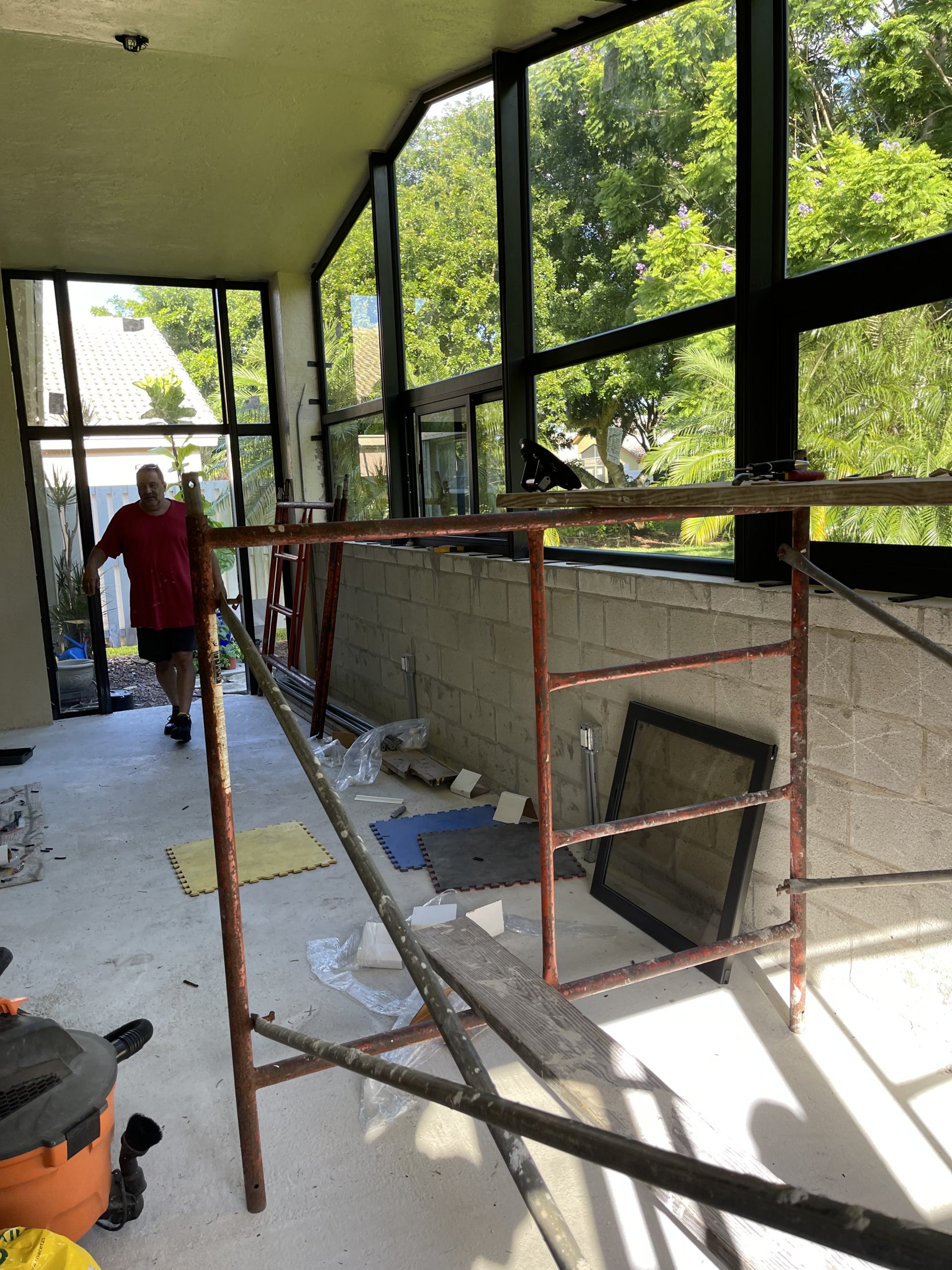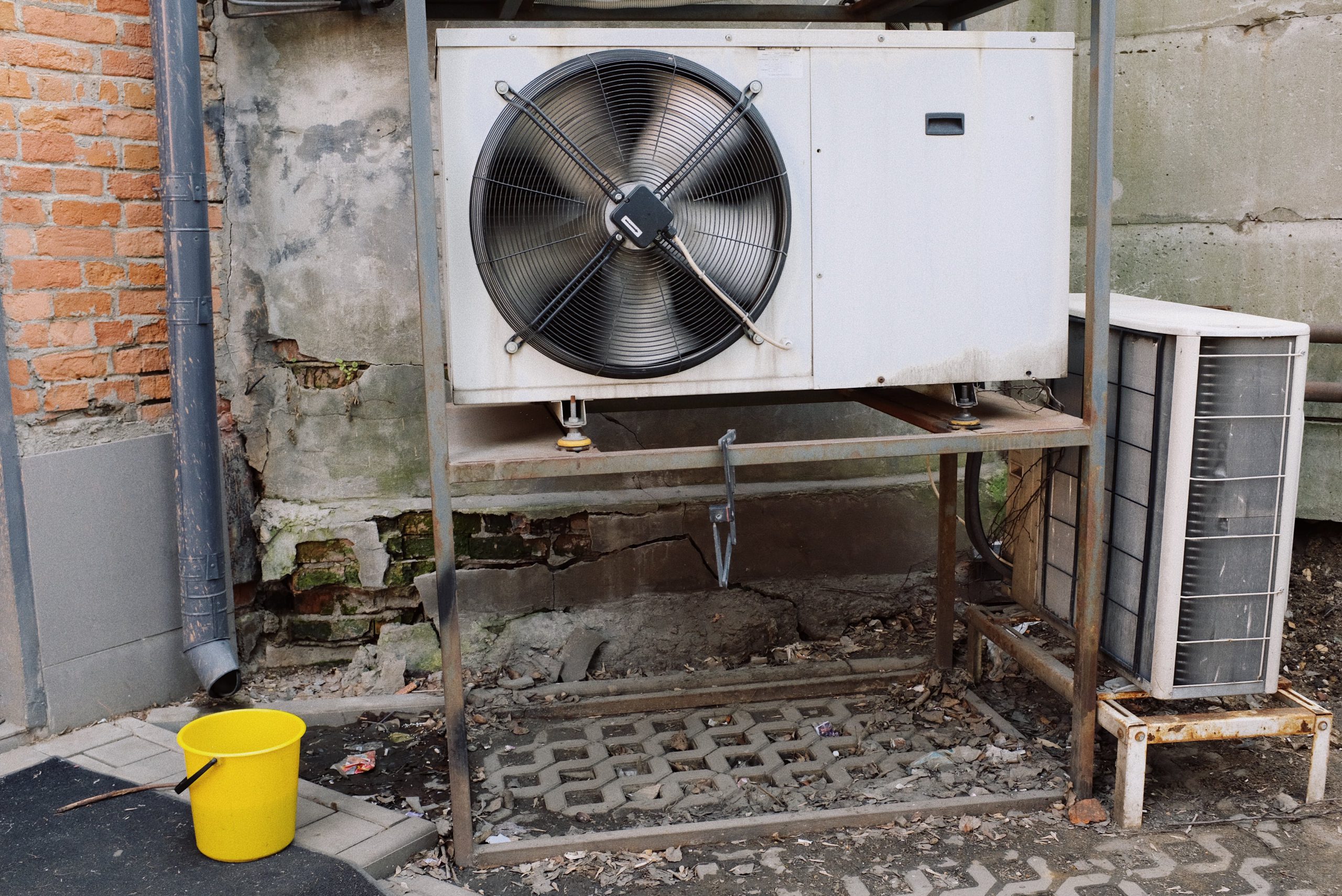
In the realm of modern urbanization and infrastructure development, maintaining buildings in optimal condition is a paramount concern. The introduction and utilization of Building Maintenance Management Systems (BMMS) have revolutionised the way buildings are managed and maintained. This innovative approach integrates technology, data, and strategic planning to ensure that buildings remain functional, safe, and sustainable over their lifetimes.
Understanding Building Maintenance Management System:
A Building Maintenance Management System is a comprehensive framework that amalgamates various processes, software tools, and strategies to streamline the maintenance and management of buildings. Its core objective is to ensure the efficient operation of all building components, systems, and equipment, while also minimizing costs, energy consumption, and environmental impact. BMMS encompasses everything from routine cleaning and repairs to major system upgrades, and it caters to a wide range of building types, including commercial, residential, industrial, and institutional structures.
Key Components of BMMS:
- Asset Management: One of the fundamental aspects of BMMS is asset management, where all building components and systems are categorized, tracked, and assessed. This enables facility managers to understand the condition, lifespan, and maintenance requirements of each asset, aiding in budgeting and decision-making processes.
- Maintenance Scheduling: BMMS software often includes scheduling functionalities that automate maintenance tasks. These tasks can range from regular cleaning and inspections to more complex activities like HVAC system servicing or elevator maintenance. Automated scheduling reduces the risk of oversight and helps in optimizing maintenance resources.
- Work Order Management: Work order management within a BMMS facilitates the process of requesting, assigning, and tracking maintenance tasks. This streamlined system ensures that maintenance requests are promptly addressed and assigned to the appropriate personnel, minimizing downtime and disruptions.
- Energy Management: Many BMMS solutions incorporate energy management features to monitor and optimize energy consumption. This includes tracking energy usage, identifying inefficiencies, and suggesting energy-saving strategies to enhance building sustainability and reduce operational costs.
- Data Analytics: Data collection and analysis are pivotal in modern building management. BMMS gathers data from various sources, such as sensor networks and equipment logs, to provide insights into system performance and potential areas for improvement. Predictive analytics can anticipate maintenance needs and prevent breakdowns before they occur.
- Reporting and Documentation: Proper documentation is crucial for accountability, compliance, and historical analysis. BMMS generates detailed reports on maintenance activities, costs, and asset conditions. This documentation aids in making informed decisions about future maintenance strategies.
Benefits of BMMS:
- Extended Asset Lifespan: By adopting a proactive approach to maintenance, BMMS helps extend the lifespan of building assets. Regular upkeep prevents premature deterioration and reduces the need for costly replacements.
- Cost Efficiency: BMMS allows for efficient allocation of resources by optimizing maintenance schedules, reducing emergency repairs, and minimizing downtime. This ultimately leads to cost savings for building owners and operators.
- Enhanced Safety and Comfort: Well-maintained buildings contribute to the safety and well-being of occupants. Regular inspections and maintenance ensure that safety systems, such as fire alarms and sprinklers, are functional, creating a secure environment.
- Environmental Sustainability: BMMS aids in promoting sustainability by identifying energy wastage and suggesting energy-efficient practices. This not only reduces operational costs but also contributes to a smaller carbon footprint.
- Streamlined Operations: Automation and digitization streamline maintenance workflows. BMMS centralizes information, allowing facility managers to access real-time data, track progress, and manage tasks efficiently.
- Regulatory Compliance: Many industries are subject to strict regulations regarding building maintenance. BMMS assists in adhering to these regulations by providing documentation and scheduling tools that ensure compliance.
Challenges and Future Trends:
While Building Maintenance Management Systems offer substantial benefits, their implementation and success are not without challenges. Initial setup costs, training staff to use the system effectively, and integrating with existing technologies can pose hurdles. Additionally, as technology advances, the integration of Internet of Things (IoT) devices and artificial intelligence could further enhance BMMS capabilities by enabling predictive maintenance and even more efficient resource allocation.
In conclusion, Building Maintenance Management Systems have redefined how buildings are managed and maintained in the modern world. By leveraging technology, data, and strategic planning, these systems optimize asset performance, reduce costs, enhance sustainability, and improve the overall quality of life for building occupants. As technology continues to evolve, the potential for BMMS to revolutionize the construction and facility management industries is substantial, creating smarter, more efficient, and sustainable built environments.










